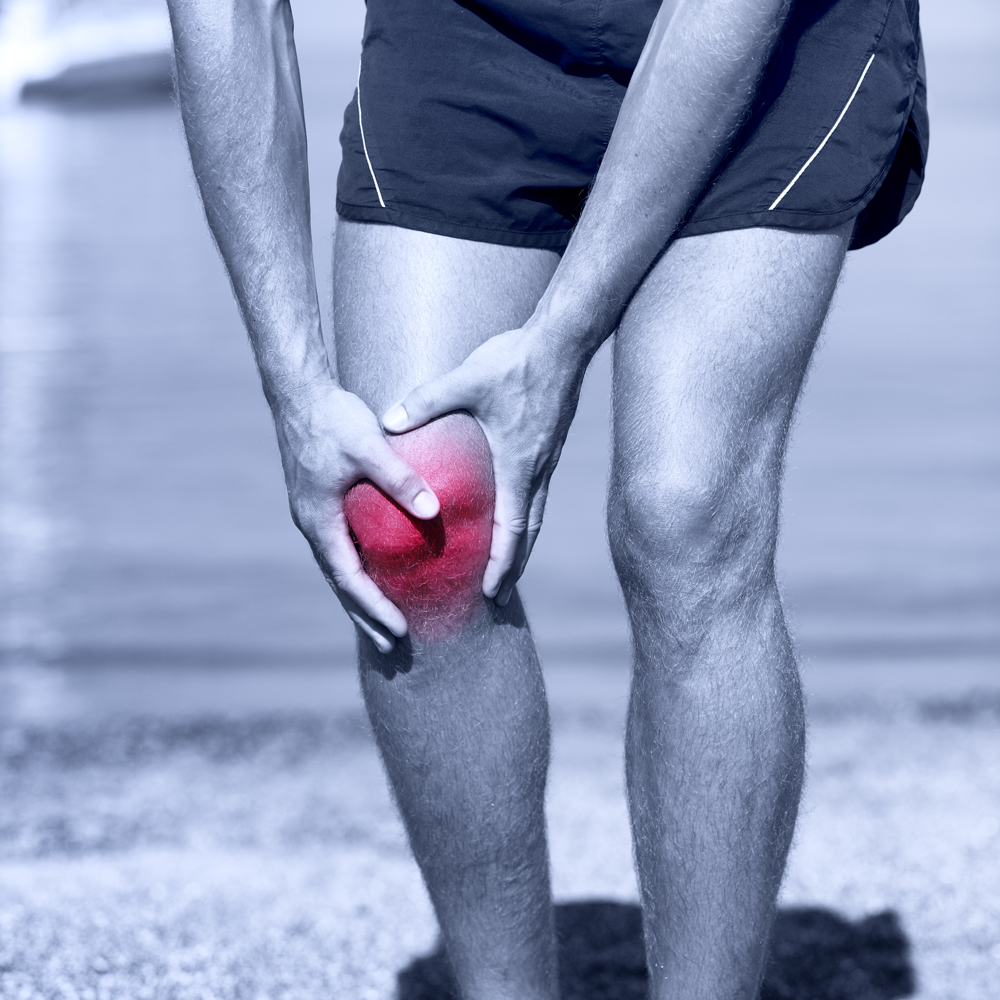
Your Joints and Articular Cartilage
By Greg Jones
15/04/2024
Every person will get some form of osteoarthritic (OA) changes in their joints the longer they live as it is just part of a natural ageing process. Some people may suffer faster degenerative changes than others. Although there are multiple reasons for earlier onset OA - genetics, diet, previous injuries and poor biomechanics can often impact the severeity of osteoarthritic changes.

So what is Osteoarthirits?
Osteoarthirits is the degeneration of the joint surface. The joint surface is made up of articular cartilage. The articular joint surface is the smooth, white tissue that covers the ends of bones where they come together to form joints. Healthy cartilage in our joints makes it easier to move. It allows the bones to glide over each other with very little friction.
Articular cartilage is hyaline cartilage and is 2 to 4 mm thick. Unlike most tissues, articular cartilage does not have blood vessels, nerves, or lymphatics. It is composed of a dense extracellular matrix (ECM) with a sparse distribution of highly specialized cells called chondrocytes. The ECM is principally composed of water, collagen, and proteoglycans, with other noncollagenous proteins and glycoproteins present in lesser amounts. Together, these components help to retain water within the ECM, which is critical to maintain its unique mechanical properties.(Sports Health. 2009 Nov; 1(6): 461–468. doi: 10.1177/1941738109350438)

Water is the most abundant component of articular cartilage, contributing up to 80% of its wet weight. Approximately 30% of this water is associated with the intrafibrillar space within the collagen, although a small percentage is contained in the intracellular space. The flow of water through the cartilage and across the articular surface helps to transport and distribute nutrients to chondrocytes, in addition to providing lubrication (doi: 10.1177/1941738109350438).
What can be done to improve cartilage healing?
The adaptive capacity of joint cartilage is limited under various conditions such as excessive load bearing or prolonged immobilization; however, when these factors are reversed, deformed cartilage returns to its former state under normal conditions. Due to its adverse effect on joint cartilage, immobilization period following cartilage damage or operation should be as short as possible for wound healing. It is reported that exercise contributes to cartilage healing and reduces risk for injury, and that moderate exercise can even decrease the number of cases requiring arthroplasty. Conversely, excessive (harsh) exercise may be associated with increased cartilage damage or degenerative changes (Ozkan C, Sarpel Y, Biçer OS. Egzersizin eklem kikirdağina etkileri [The effects of exercise on articular cartilage]. Acta Orthop Traumatol Turc. 2007;41 Suppl 2:13-8. Turkish. PMID: 18180579.).
Fortunately, there is good evidence that osteoarthritis symptoms can be managed effectively through exercise. Guidance under a Physiotherapist or Exercise Physiologist is essential as exercise prescription must be individualised to be effective.
So, what is your routine?
Don't have a routine? Give us a call.
If you have any questions or would like to book an appointment, please call (02) 4268 4884, or send an email to info@physicaledgehealth.com.
 Instagram
Instagram Social | News
Social | News




